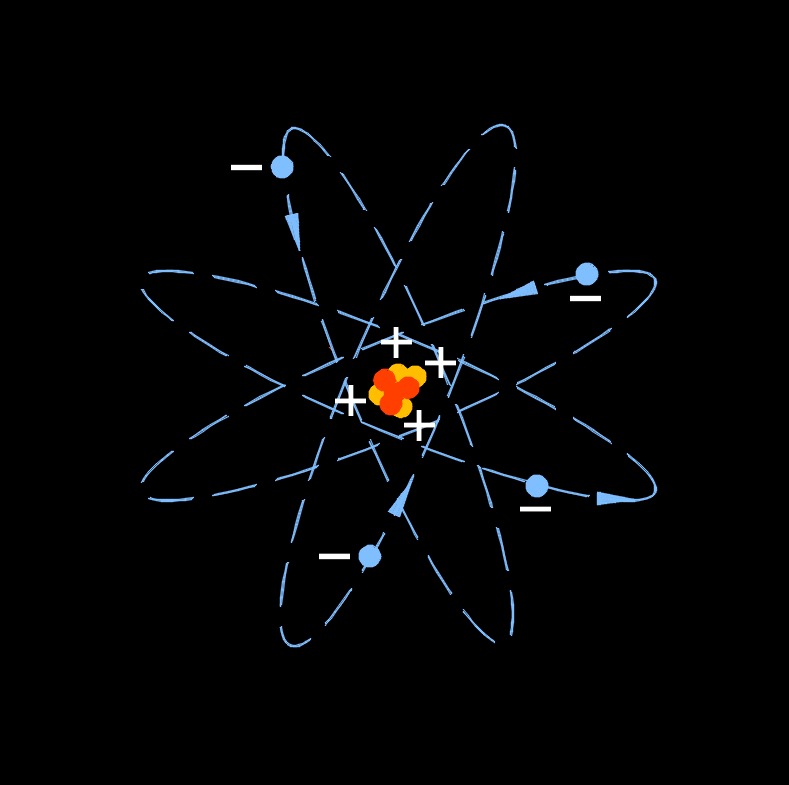Law of Conservation of Electric Charge
 Law of conservation of electric charge states the sum of all the electric charges in any closed system remains constant over time. In other words, electric charge cannot be created or destroyed, it is conserved.
Law of conservation of electric charge states the sum of all the electric charges in any closed system remains constant over time. In other words, electric charge cannot be created or destroyed, it is conserved.
Electric charge is a fundamental property of matter, and it comes in two types: positive (+) and negative (-). Like charges repel each other, while opposite charges attract each other. This law ensures that the total amount of positive charge in a system is always equal to the total amount of negative charge. According to this law, in any physical process or interaction, the total amount of electric charge before and after the process remains the same. For example, in an electrostatic system, if two objects initially have a total charge of +5 units and -3 units, respectively, the total charge after bringing them into contact or separating them will still be +5 units and -3 units. The net charge of the system remains constant.
This law is of utmost importance in electromagnetism and the study of electric circuits. It provides a fundamental understanding of the behavior of electric charge, the principles of electrostatics, and the conservation of charge in various electrical and electronic devices.

